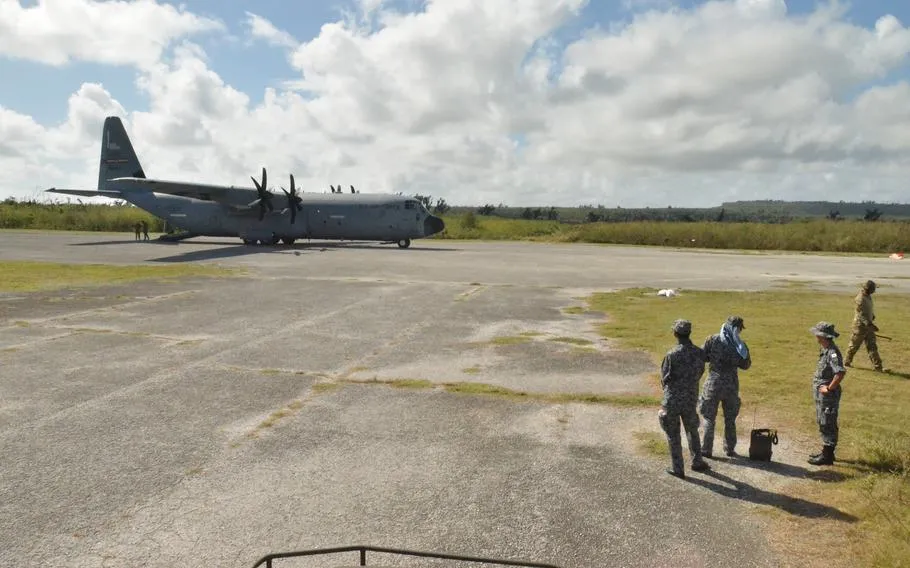The Marine Corps has brought a historic World War II airfield back to life, marking the second such revival this year to boost air training and operations. In August, the Marines announced the completion of a $28 million renovation of the airfield at Camp Davis, North Carolina, just 25 miles from the iconic Camp Lejeune. This follows the reactivation of another strategic airfield on the Pacific island of Peleliu earlier this summer.

These refurbished airfields play a key role in the Marine Corps’ plan to sharpen its aviation capabilities. They serve as essential assets for future operations and in supporting rigorous training exercises. As the Marines continue to refine their aviation strategies, these locations offer much-needed support for a range of aircraft and mission objectives.
One of the main challenges for the Marines is mastering the art of Expeditionary Advanced Base Operations (EABO), a strategy that involves spreading out small units across large distances. This approach heavily depends on air support to execute precision strikes, gather reconnaissance, and carry out refueling and resupply missions. The newly renovated airfields will be critical to ensuring these operations are successful.
“Aviation and ground units across the region will be able to use this runway to exercise the full spectrum of training capabilities in preparation for missions around the globe, to include simulating austere airfield conditions in conjunction with Expeditionary Advanced Basing Operations,” said Col. Ralph Rizzo, the Marine Corps Installations East commander.
Camp Davis in North Carolina brings added flexibility for training operations, while the airstrip in Peleliu provides a strategic location for joint military aircraft, sitting just 1,000 miles from Manila, Philippines, and 1,400 miles from key Marine positions in Okinawa, Japan. This makes Peleliu a critical point for refitting and refueling military aircraft operating within the first island chain near China.
The overhaul of Camp Davis was an 18-month project that saw the old, worn-out runway completely revamped. According to official reports, the airstrip was “torn up, raised, and resurfaced with three layers of rock, gravel, and asphalt.” In addition to this, workers installed concrete landing pads and an apron specifically designed to withstand the intense heat generated by aircraft during maneuvers like hovering and landing.
These improvements are crucial because Camp Davis will serve as a multipurpose landing field. It will need to accommodate a wide range of Marine aircraft, from the KC-130 Hercules to the F-35 Joint Strike Fighter, and from the MV-22 Osprey to other rotary-wing aircraft. Even the Air Force’s heavy-lift C-17 will be making use of this versatile airfield. The newly renovated airstrip spans 4,525 feet, with a 3,600-foot-long asphalt runway and concrete turnaround areas at each end. This design enables vertical takeoffs and landings, a vital capability for the Osprey and other aircraft.
The entire Camp Davis site covers 275 acres. Originally constructed in 1941 by the Army as an anti-aircraft artillery training center during World War II, the airfield has a long history. After the war, the Army stopped using the facility in 1946. It wasn’t until 1992 that the Navy absorbed the airfield into the Greater Sandy Run Training Area, where it has primarily served as a base for rotary-wing units from Marine Air Station New River.
With these updates, the Marine Corps has revitalized a piece of history while positioning itself for future success. The combination of strategic locations and improved infrastructure ensures that Marines are well-prepared for the aviation challenges of tomorrow.




GIPHY App Key not set. Please check settings